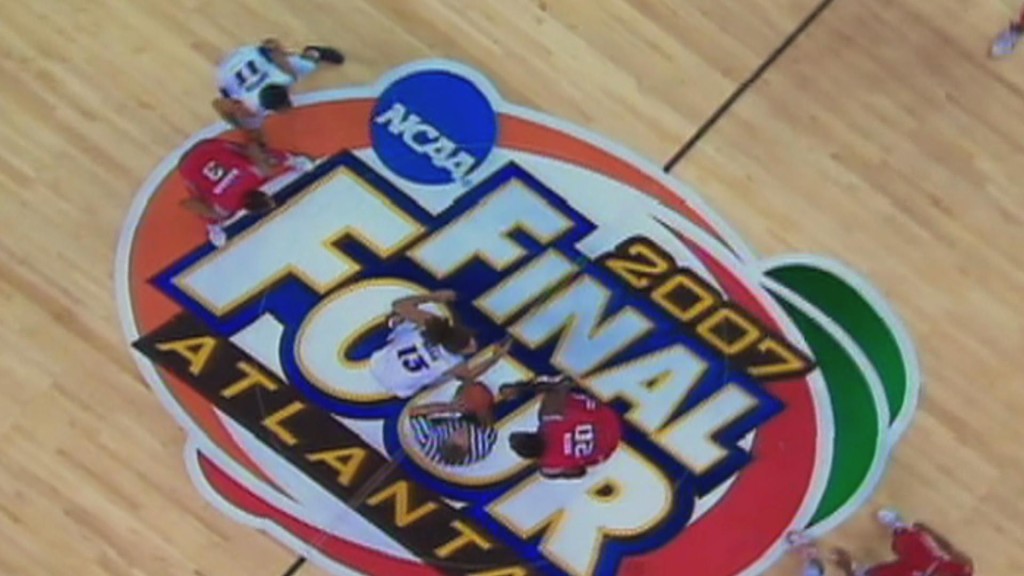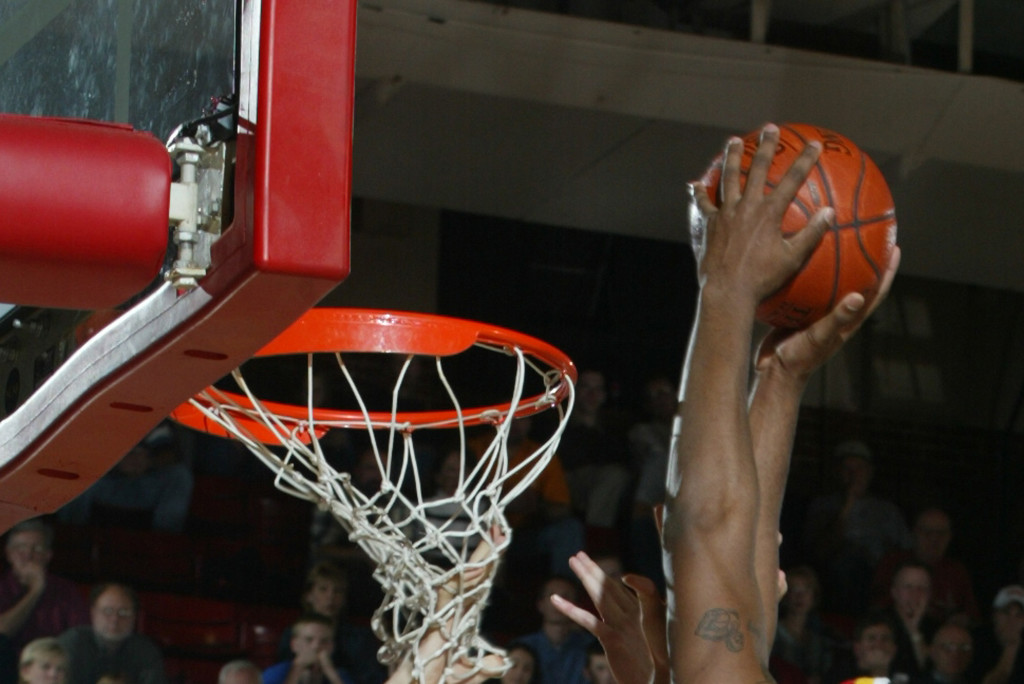Taylor Branch: “The NCAA today is in many ways a classic cartel.”

September 14, 2011
Share
Taylor Branch paints a complex and pretty dismal picture of the NCAA in his monster 15,000 word article in this month’s Atlantic.
Branch’s piece is well worth a read; in particular, it shines in tracing the NCAA’s history from its “founding myths” to today’s scandal-plagued empire, and explaining just how putting a ball through a hoop — combined with capitalism, leadership choices and a few key court cases — got us to where the NCAA is today: a multibillion-dollar industry that focuses on minor infractions instead of macro organizational problems. His thesis:
For all the outrage, the real scandal is not that students are getting illegally paid or recruited, it’s that two of the noble principles on which the NCAA justifies its existence — “amateurism” and the “student-athlete” — are cynical hoaxes, legalistic confections propagated by the universities so they can exploit the skills and fame of young athletes. The tragedy at the heart of college sports is not that some college athletes are getting paid, but that more of them are not.
Interested in digging deeper? Here’s more on some of the pivotal stories in Branch’s piece (and the future of the NCAA):
+ Sonny Vaccaro: From Nike shoe mogul to athlete advocate, he’s one of the most vocal critics of the NCAA’s notion of amateurism. We interviewed him for our 2010 film Money and March Madness; he explains why he’s championing former UCLA star Ed O’Bannon’s lawsuit against the league.
+ The O’Bannon Lawsuit: Filed by Ed O’Bannon on behalf of former NCAA athletes, the suit tackles the issue of how the league profits off the use of an athlete’s image or likeness in perpetuity. Here’s our handy explainer on the antitrust case that looks at its its history, the documents at the heart of it, the NCAA’s position, and, ultimately, what a favorable ruling could mean for the future of college sports.
+ Division I Manual: It’s a 444-page bear of a document that we’ve very kindly annotated for you, highlighting the articles that relate to the amateurism question. Also, here’s the Student Athlete Statement that all Division I athletes must sign to play, effectively penning away rights to their likeness.
Related Documentaries
Latest Documentaries
Related Stories
Related Stories
Policies
Teacher Center
Funding for FRONTLINE is provided through the support of PBS viewers and by the Corporation for Public Broadcasting. Additional funding is provided by the Abrams Foundation; Park Foundation; the John D. and Catherine T. MacArthur Foundation; and the FRONTLINE Journalism Fund with major support from Jon and Jo Ann Hagler on behalf of the Jon L. Hagler Foundation, and additional support from Koo and Patricia Yuen. FRONTLINE is a registered trademark of WGBH Educational Foundation. Web Site Copyright ©1995-2025 WGBH Educational Foundation. PBS is a 501(c)(3) not-for-profit organization.



















